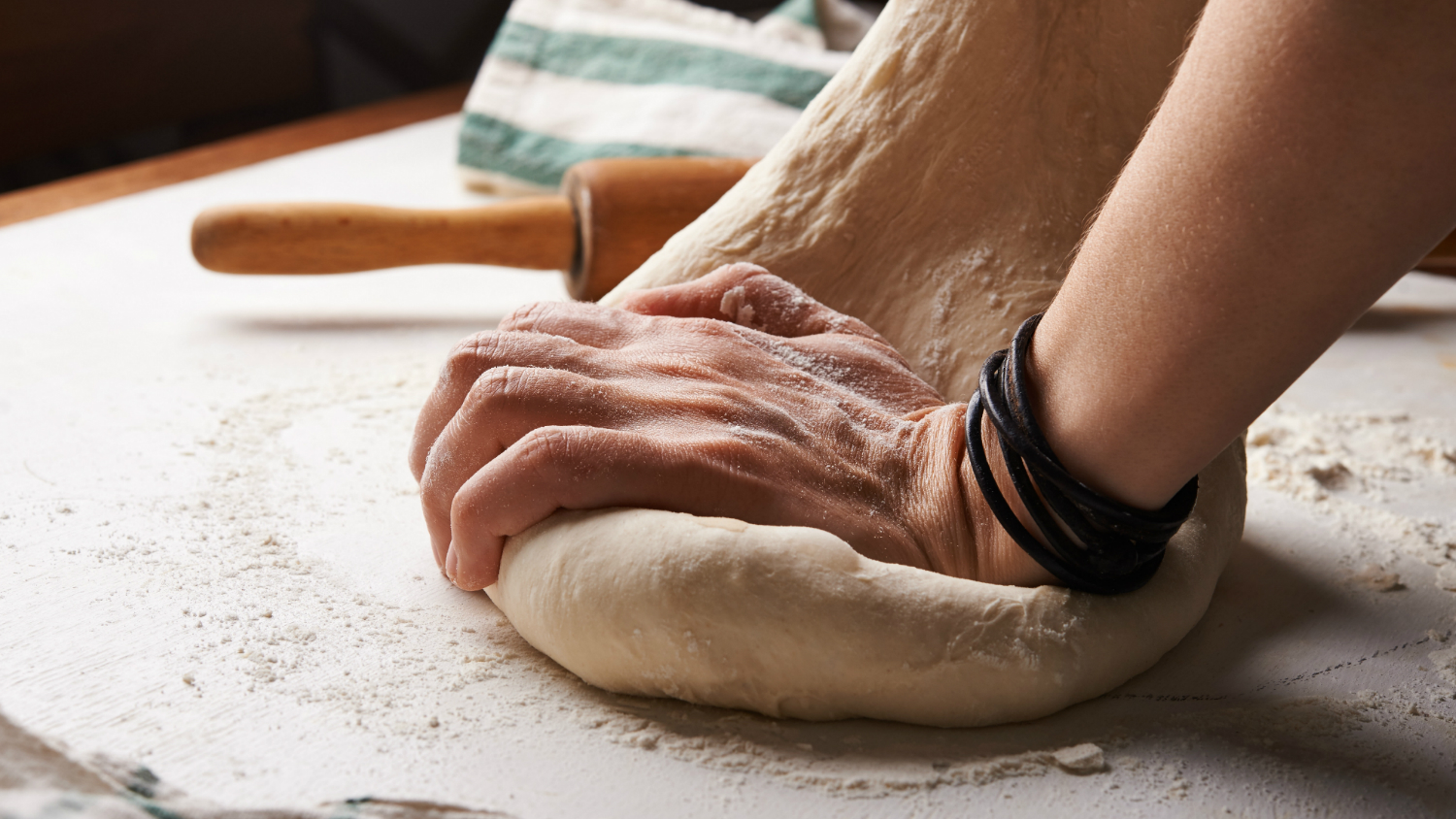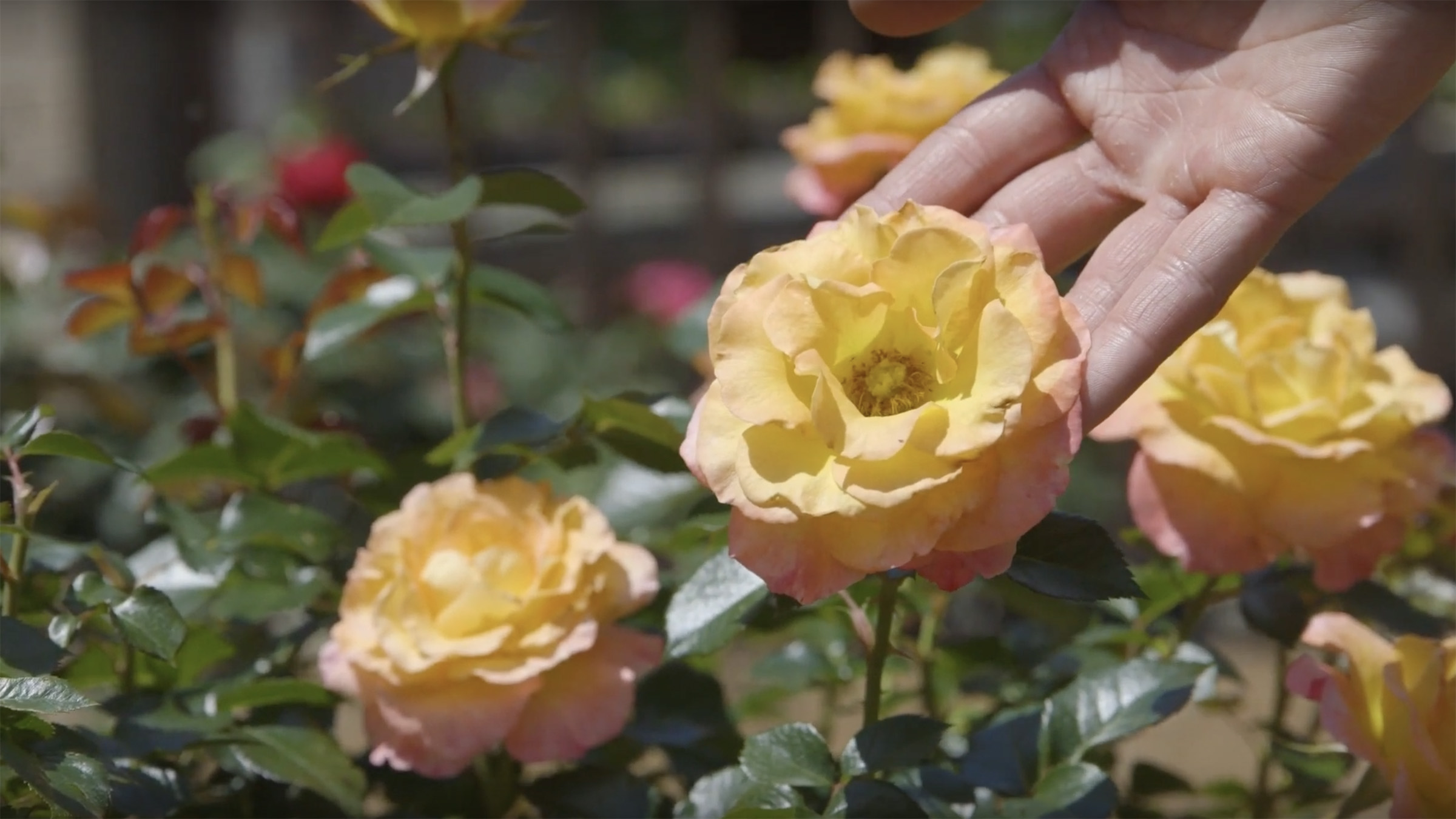Home baking has become a new favorite pastime for many as we find ourselves spending more time at home. And what says home more than the smell of fresh-from-the-oven, homemade bread? A versatile favorite, sourdough bread is commonly known for its sour flavor as well as a delightfully crisp crust and chewy texture. It’s delicious when served as a side, as a sandwich, or as an appetizer with your favorite olive oil dip.
Thanks to fermentation, sourdough doesn’t require commercial yeast.
Sourdough bread differs from typical yeast breads in that it does not require commercial yeast for the dough to rise. Instead, sourdough is made from a live fermented culture of flour and water—a readily available fix for baking in times when yeast can be hard to find. This culture is used as your sourdough starter.
Making sourdough starter and passing it along to friends can be a fun way to share the joy of baking with those who you most like to break bread with. In fact, the community aspect of sourdough is being explored in the Wild Sourdough public science project. In this study, individuals from around the world submit samples of their own sourdough starters. Scientists from NC State test the starters, noting variables to the way different starters perform. Different grain types, outdoor vs. indoor fermentation, and different altitudes are among the aspects of sourdough starters that are currently being explored.
Made your own starter (or gifted one from a generous friend)? Join us on Homegrown as we turn that starter into a delicious artisanal bread straight from your oven.
More Sourdough Resources
- Check out more information about sourdough bread and other bread baking.
- Have leftover starter? Check out these recipes to make using leftover sourdough starter.
- Categories:



